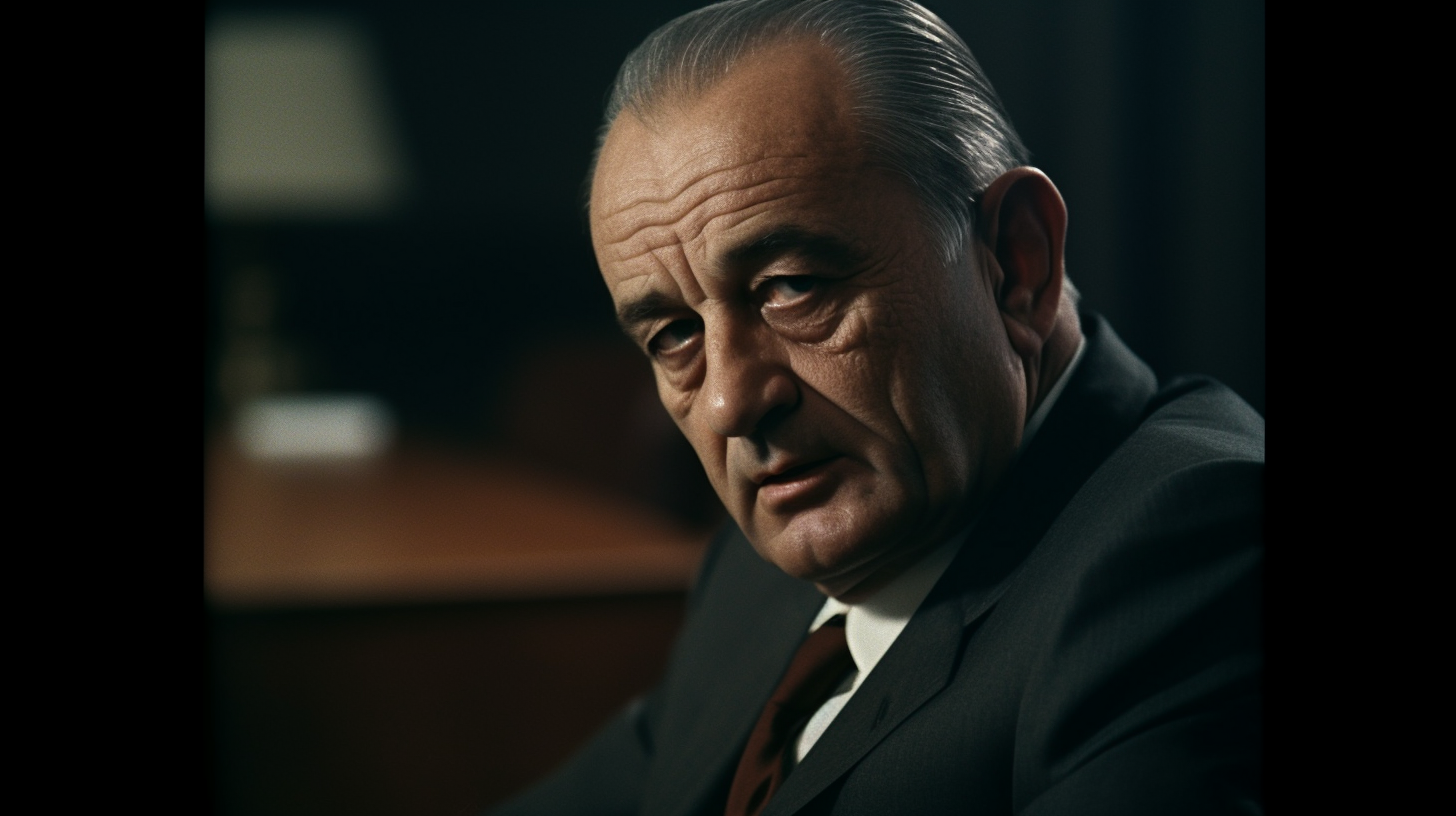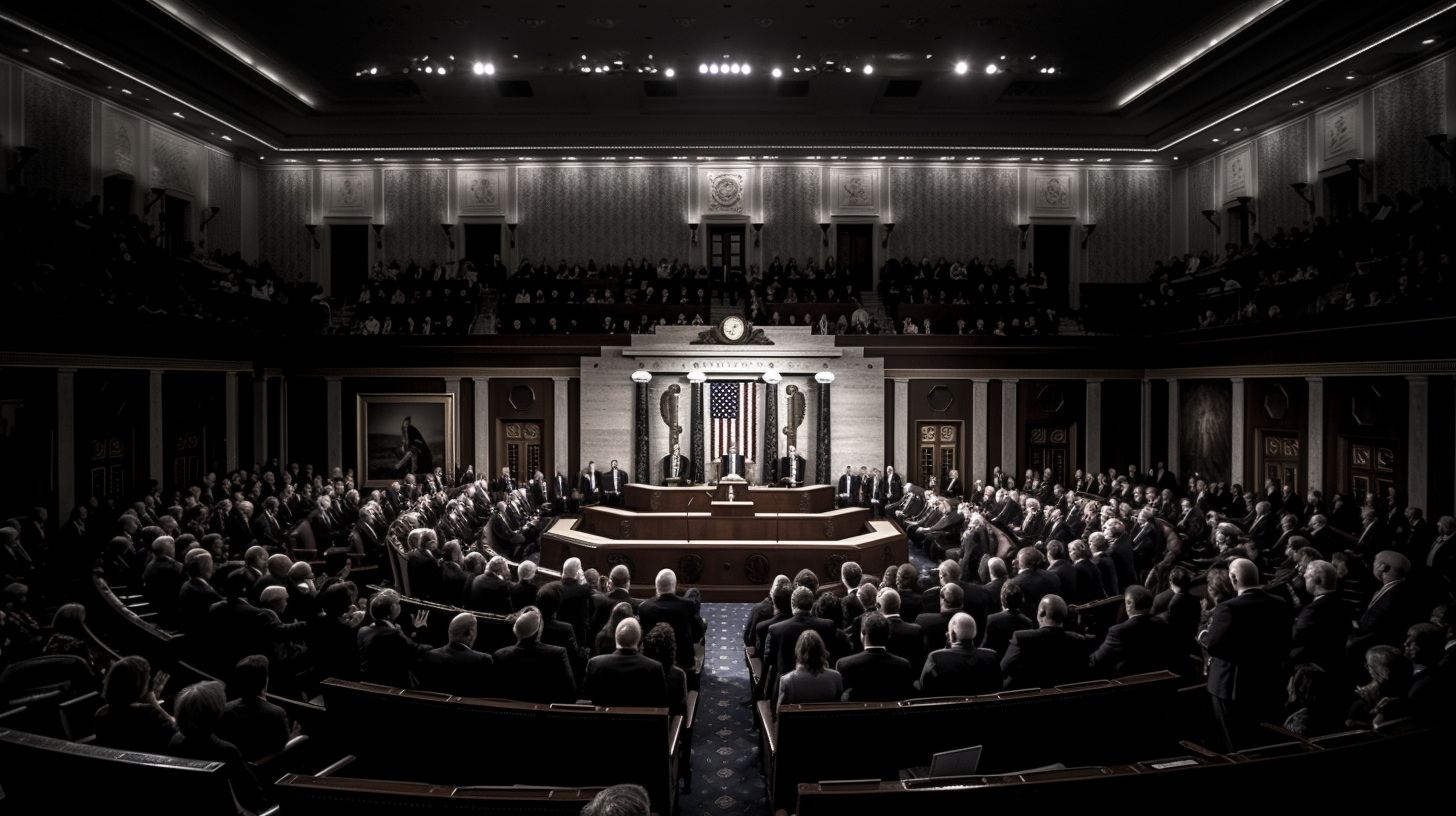The Gulf of Tonkin Incident, occurring on August 2nd and 4th, 1964, was a series of controversial naval confrontations between the United States and North Vietnam. These events played a pivotal role in escalating American involvement in the Vietnam War, ultimately leading to a prolonged and costly conflict. This article examines the events that transpired during the Gulf of Tonkin Incident, the ensuing political response, and the lasting impact on American foreign policy.
Background
Throughout the early 1960s, the United States was increasingly concerned about the spread of communism in Southeast Asia. In Vietnam, the communist North, led by Ho Chi Minh, sought to unify the country under a single communist government. In contrast, the non-communist South, supported by the United States and other Western allies, aimed to prevent this unification.
Tensions between the two sides continued to rise, with the U.S. providing military and financial assistance to the South Vietnamese government. By 1964, the U.S. Navy was conducting covert intelligence-gathering operations along the North Vietnamese coast, known as the DESOTO patrols.
The Incidents
On August 2, 1964, the U.S. destroyer USS Maddox was conducting a DESOTO patrol in the Gulf of Tonkin, near the North Vietnamese coast. The ship was approached by several North Vietnamese naval vessels, which reportedly opened fire. The Maddox returned fire and, with the assistance of U.S. aircraft, managed to repel the attackers. The U.S. government claimed that the Maddox was in international waters at the time of the attack, while North Vietnam argued that the ship had violated its territorial waters.
Two days later, on August 4, the Maddox and another destroyer, the USS Turner Joy, reported a second attack by North Vietnamese forces. However, this second incident has been the subject of much debate and controversy, as both weather conditions and communication errors may have contributed to false radar readings and misinterpretations of the situation.
The Political Response
In response to the incidents, President Lyndon B. Johnson ordered retaliatory airstrikes against North Vietnamese naval bases and sought Congressional support for further action. On August 7, 1964, Congress passed the Gulf of Tonkin Resolution, which granted the president broad authority to use military force in Southeast Asia without a formal declaration of war. This resolution marked a significant escalation in American involvement in Vietnam, eventually leading to the deployment of hundreds of thousands of U.S. troops.

Controversy and Doubt
In the years following the Gulf of Tonkin Incident, doubts emerged regarding the accuracy of the information provided by the U.S. government. Declassified documents and audio recordings later revealed that the second attack on August 4th may never have occurred. Furthermore, the USS Maddox’s presence in the region was not as innocent as initially portrayed, with the ship actively involved in covert operations supporting South Vietnamese forces.
These revelations sparked significant controversy and fueled accusations that the Johnson administration had manipulated the events to justify an escalation in the Vietnam conflict. As public support for the war waned and the human cost of the conflict mounted, the Gulf of Tonkin Incident became a symbol of government deception and manipulation.
Lasting Impact
The Gulf of Tonkin Incident had far-reaching consequences for American foreign policy and domestic politics. The Vietnam War ultimately resulted in the deaths of over 58,000 American soldiers and millions of Vietnamese, while also significantly undermining public trust in the U.S. government.
In response to the perceived abuse of executive power during the Vietnam War, Congress passed the War Powers Resolution in 1973. This legislation aimed to limit the president’s ability to commit U.S. forces to armed conflicts without congressional approval. Despite ongoing debates over its effectiveness and constitutionality, the War Powers Resolution remains an important check on presidential power in matters of war and peace.
The Gulf of Tonkin Incident also had a lasting impact on the way the media and the public perceive military actions and government claims. The skepticism surrounding the government’s handling of the incident fueled a more critical and questioning approach to official narratives, particularly during times of conflict.
In the realm of international relations, the Gulf of Tonkin Incident and the subsequent escalation of the Vietnam War demonstrated the potential for minor incidents to spiral into major conflicts. The incident serves as a cautionary tale about the importance of accurate intelligence, clear communication, and careful decision-making in times of heightened tension.

Conclusion
The Gulf of Tonkin Incident, despite its controversy and lasting implications, remains a pivotal moment in American foreign policy. The events of August 1964 not only escalated U.S. involvement in the Vietnam War but also shaped domestic politics, media perceptions, and the balance of power between the executive and legislative branches of government. As we continue to grapple with the legacy of the Vietnam War, the Gulf of Tonkin Incident serves as a stark reminder of the consequences of misinformation and the importance of open dialogue and transparency in matters of war and peace.




